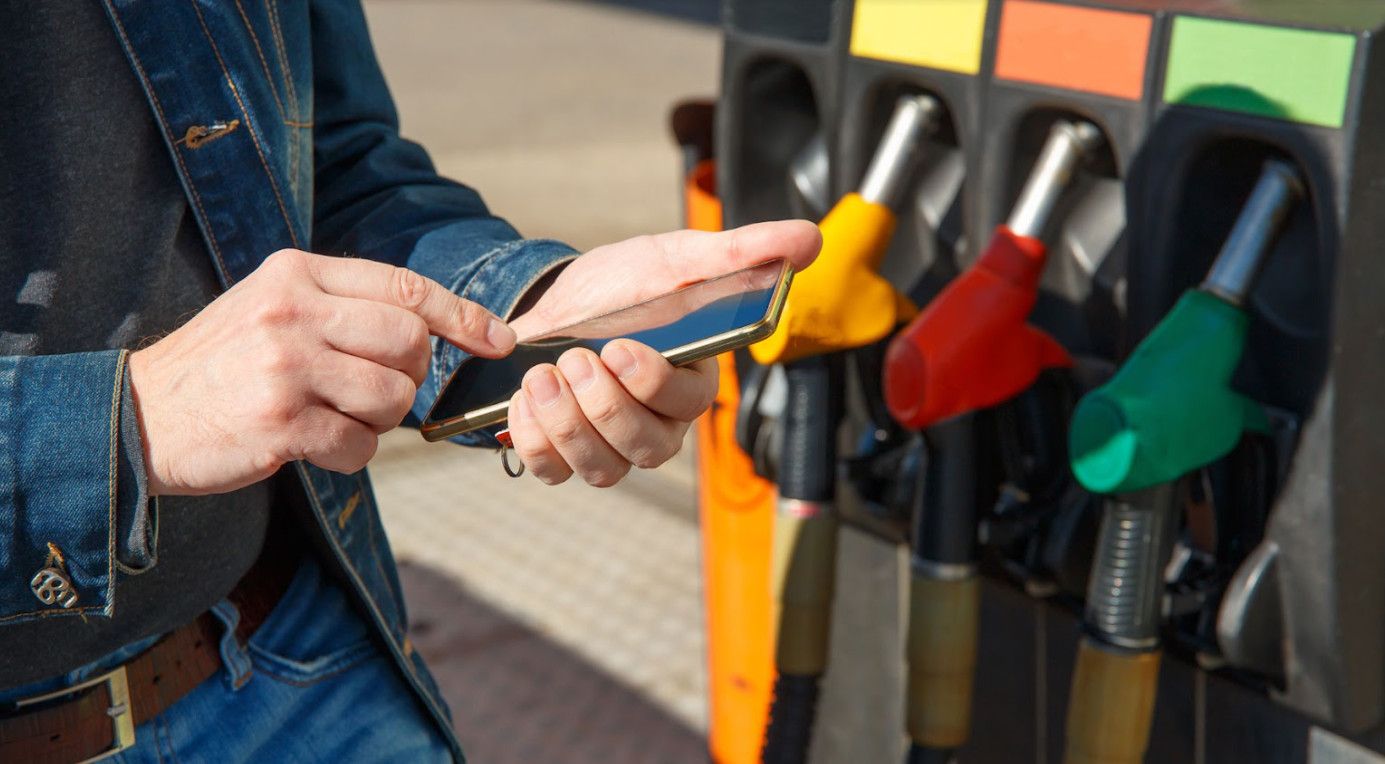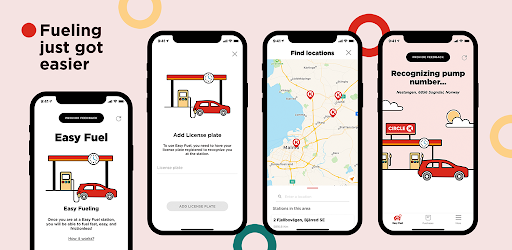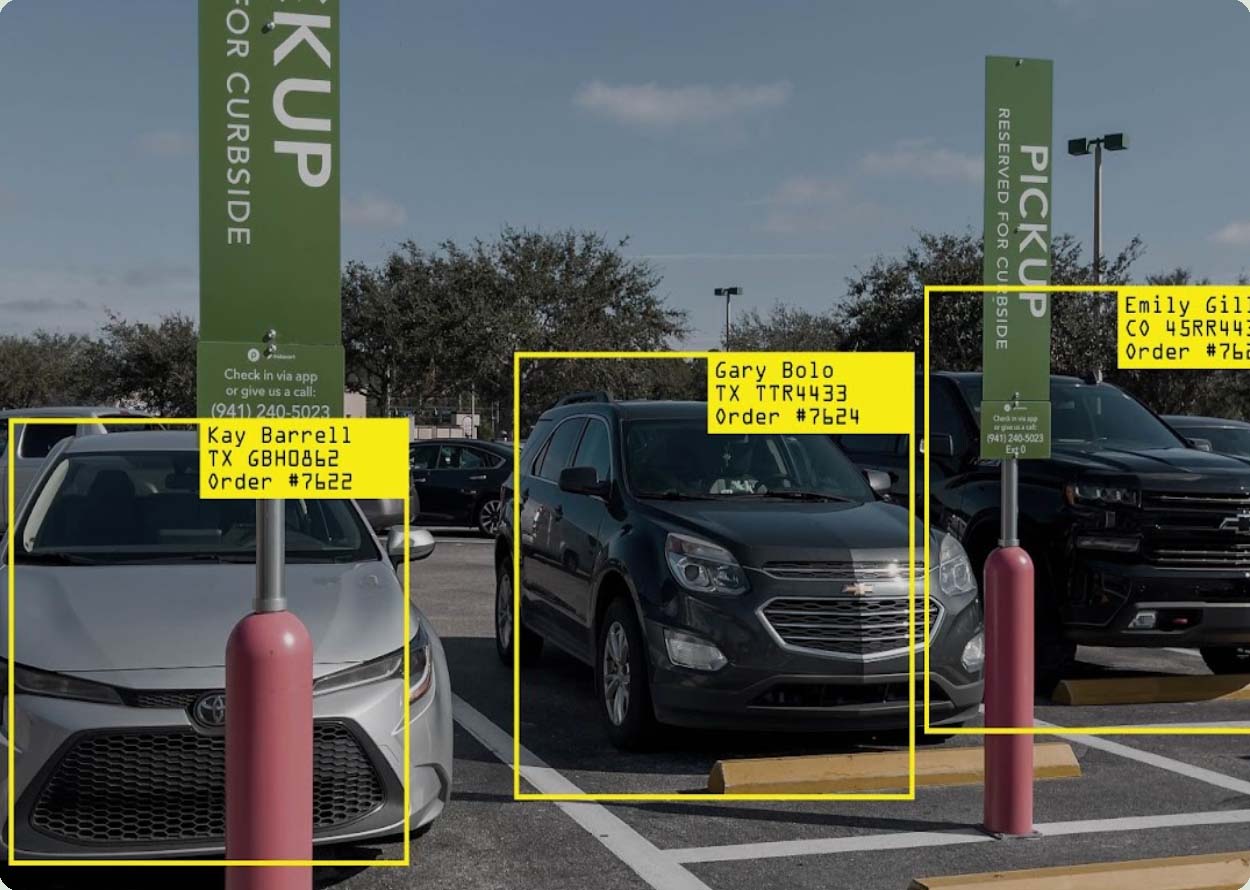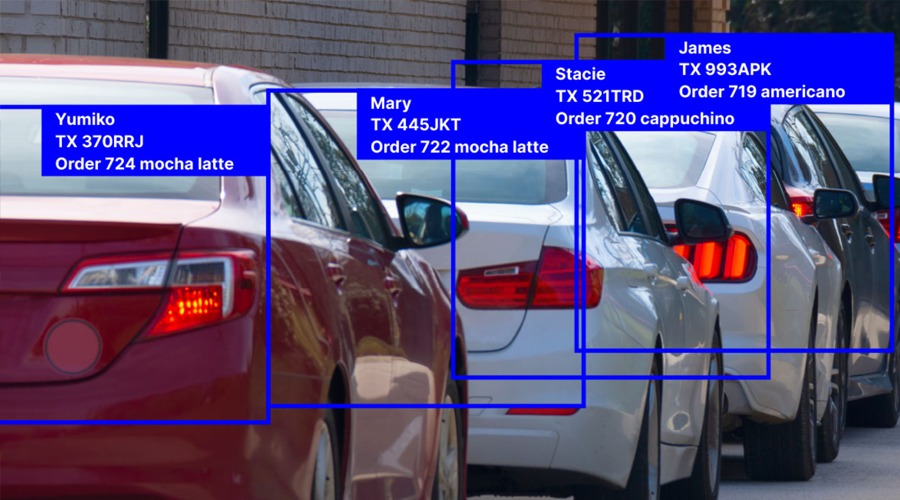Frictionless Gas & Shopping
Goal: To minimize the number of hand touches in a transaction
We enabled touchless gas pumps for a global network in under 3 weeks with our low-code middleware, Interplay®. When the pandemic forced people to be more cognizant of what they are touching due to the potential spread of germs. Businesses had to quickly adapt: restaurants had to rely on take-out, and grocery stores enforced mask usage. Still, some errands, like pumping gas, were still essential.
When stopping to get gas, there is a fair amount touch interactions. A person must touch a screen to activate it, enter their credit card, key in their PIN, press a button to select their type of gas by pressing a button, and finally use the gas pump by holding the pump handle. With updated frictionless technology, many of these touche interactions are obsolete.
A global convenience store/gas network began asking thoughtful questions: What are ways to minimize the number of hand touches during a fuel pumping experience? What if we could handle the money transaction via the customer’s mobile phone before a customer even gets out of their car?
Solution
Many solutions emerged. First, the gas station needs to know the car's identity from the license plate. The system can then connect to the mobile phone of that car’s owner to authorize the transaction, all while sitting in the car. Using the mobile phone, the transaction can be verified, along with an opportunity to browse and choose curbside snacks from the gas station. With this system, over half of the possible risk from touching the pump parts is mitigated. BONUS: this also mitigates the risk of scamming credit card scanners.
How to Build a Touchless Gas Pump
- First things first: ensure Interplay is running on an edge server at the gas station-- there's no reason to pay for extra data back and forth to some central cloud
- We need to find the license plate of the customer’s car to trigger the AI recognition. This means connecting and maintaining camera connections across thousands of cameras in a low-latency network. The typical deployment has 16 simultaneous video streams on a single Interplay edge system.
- This also means ignoring the cars driving through the fuel bay and not stopping for gas. Bonus difficulty: this happens with fog, snow, rain, and other weather in unpredictable conditions in Norway and Sweden.
- Once we’ve captured an image, the image recognition necessity requires a good AI engine and a sufficient amount of training data to account for various angle geometries and even different plate formats (varied by county/region).
- We adapted an Open Source engine for reading license plates, avoiding a paid service that would have cost several million dollars annually.
- Once a license plate is read, it needs to be compared to the list of registered customers (who, as part of this program, put in their information and license plate number as part of the sign-up process). We need to connect to the enterprise-level customer database. From this, we know the customer’s mobile phone for messaging and which side of the car has the gas inlet.
- Once a match is found, the system will ping the customer’s mobile phone (also part of the sign-up) to confirm: “Hi, I see you just pulled in for gasoline. What grade?” This all requires a further connection to a messaging platform
Outcome: 3 Weeks.
We package all of this into a simple plug-and-play server for gas station managers to deploy with minimal IT support (read: no AI knowledge required.) We’re also helping our client file patents around this revolutionary award-winning system.
Indeed, we got it done in about 3 weeks, from conception to actual production roll-out. This system is now in place at hundreds of convenience stores, on its way to being rolled out to thousands of more stores in the coming months.
If anything, the description here is a very simplified version of the actual data and logic flow. Despite this complexity, we estimated we could do it in less than a month and at a very affordable price. Why were we so confident? Because we have Interplay.



